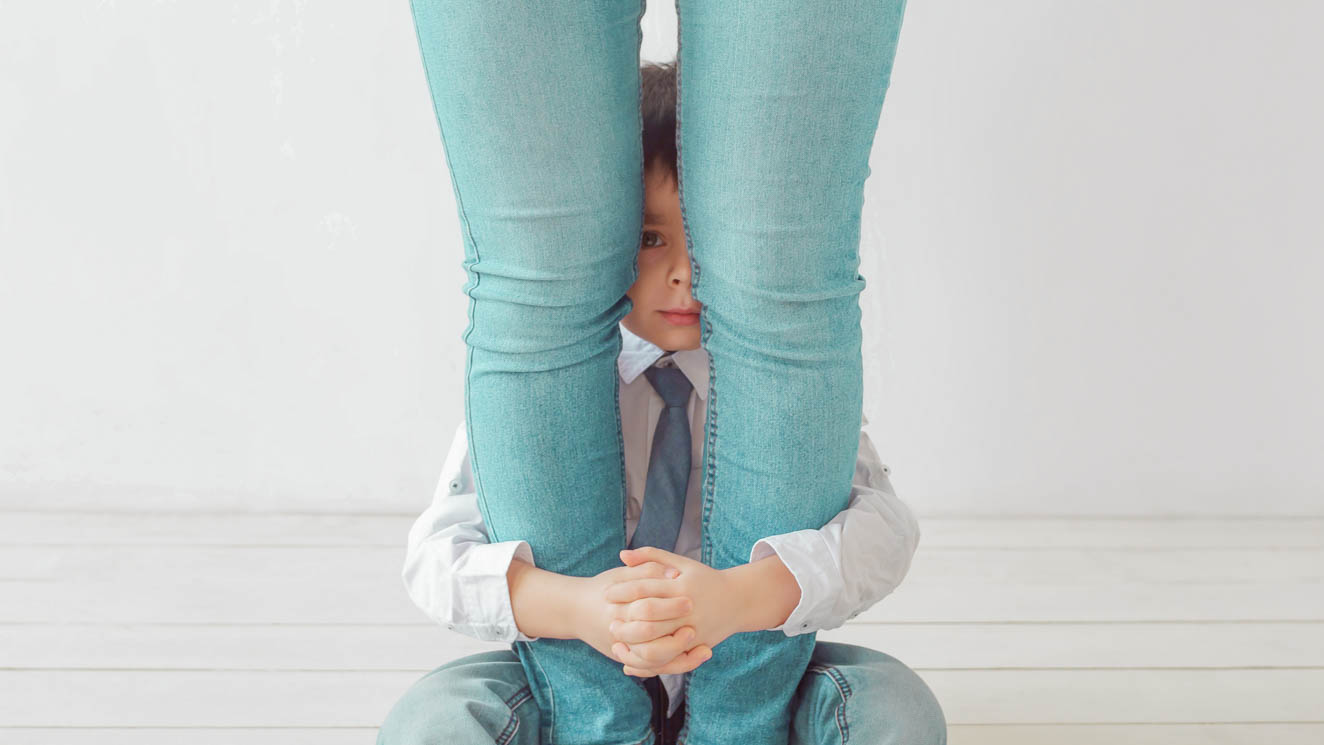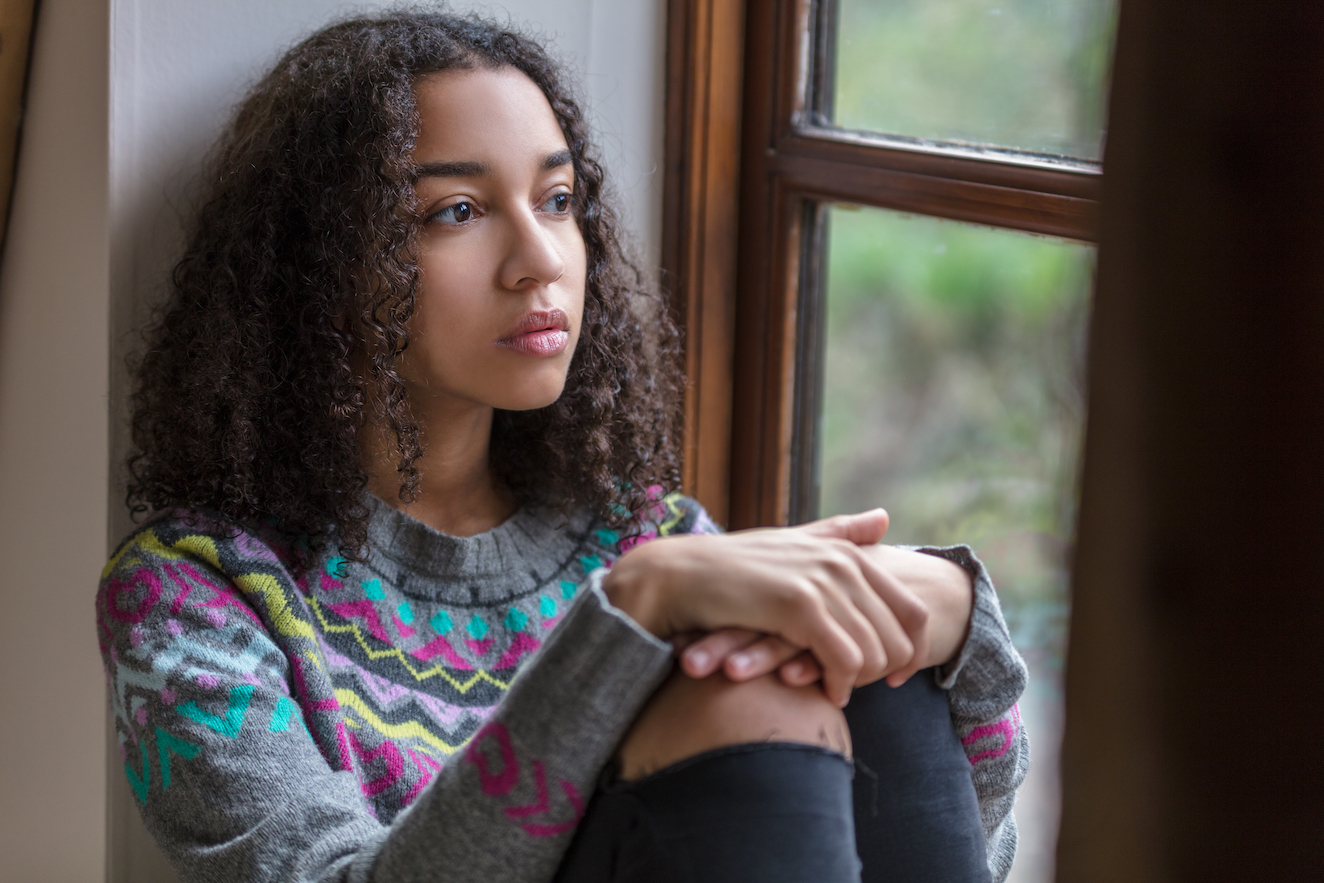

Despite the fact that I’m a Marriage and Family Therapist and therefore supposedly adept at communication, I’ll admit it: I used to be afraid of talking to my now-middle school-aged daughter about the news. I’d instantly turn off the radio or TV if she came in the room, shielding her as much as possible. But I soon realized that my efforts to protect her were in vain. She was absorbing information about the news from friends, teachers, and social media. It usually wasn’t accurate news, and, sometimes, she was confused by what she heard, like when you play a game of telephone and the information gets altered as it goes down the line. So at a certain point it became clear to me that I need to be setting aside time to talk openly with her about current events. Here’s what I’ve learned over the years, both as a parent and in my therapy practice:
1. Be proactive.
For big breaking news events, you don’t have to wait for your kids to bring it up. Raise the topic by asking your kid what they know and how they’re feeling about it. It’s better if they hear about it first-hand from you. Why? Kids talk (even through gaming platforms or social media) and schools are also addressing current events. The safety that a parent provides can decrease the negative psychological impact on hearing scary news. This gives kids a greater sense of security, even — and especially — in uncertain and unpredictable times. I’ll never forget the day my daughter learned about 9/11 for the first time at school. My stomach dropped because I wished I’d been the one to tell her about it, to help her process her horror and confusion. If kids are anxious upon hearing news stories, we can validate their feelings while also reassuring them that they are safe. Get out a map and show where events are happening.
2. Label feelings.
We can model this for them, like saying “I’m feeling very upset that one country has invaded another” or “It sounds like you’re feeling scared.” When we label our feelings and help them label theirs, we bring the higher functioning (prefrontal cortex) part of the brain online. This helps to decrease the emotional reactivity of the amygdala when emotions run high. Going back to the 9/11 example, when my daughter heard about this event from her teacher, I could tell she was still in shock. She may not have been able to identify and name her own feelings, but when I helped her label her feelings by saying, “It is so scary and sad what happened, and I can understand why it was upsetting to hear about it,” it was a release and she instantly burst into tears. Kids (and adults too!) need to know that their feelings are OK and valid before they will let their guard down and open up to you about it. Labeling helps with this process.
3. Provide age-appropriate info… at the right time.
After you broach the topic, you can fill in any clarifying information in an age-appropriate way. The maturity level of your kid will determine when and how is best to do so. A family dinner conversation about the news with a mixed age combination of siblings is fine, but know that that conversation might need to stay more general, while a bedtime conversation alone with an older child or teen often has the chance to go more in depth. With our older kids, you can also watch news clips together and challenge them to think critically by asking questions that will spark discussions, such as, “What did you notice in that interview or news story? What are your thoughts about that?” We can help by providing context or more background history. By starting conversations these kinds of conversations, we teach them that home is a safe space to unpack their ideas, ask questions, and learn more.
4. Take time to process your own feelings first.
Ever noticed your kids acting crazy when you’re having a terrible day? Our feelings can be contagious! Take time to decompress and process the news on your own first (if you are able) so you can settle your nervous system and find calm. This helps set the stage for talking with our kids and providing a safe space.
5. Find the helpers.
As Mr. Rogers said, “When something scary is happening, look for the helpers.” So highlight for your kids which people are taking positive action. For example, after the invasion of the Capitol, my daughter and I spoke about Officer Eugene Goodman, who lured the invaders away from the Senate floor, perhaps saving countless lives. Other helpers were Representative Andy Kim who was caught on film cleaning up from the mob the next morning, or the White House aides who personally escorted the electoral college votes safely out of range to be counted later. Pointing out these things shift the tone for our kids away from the scarier aspects of the news and towards more positive ones.
6. Make meaning.
Take action with your kids! Participate in a peaceful protest, write letters to lawmakers or other leaders, raise money for organizations that are helping to solve the problem, or ask them what other ways they might want to be change-makers. This gives kids a sense of their own power and reminds them that they can be persuasive and actually make a difference.
My daughter has been very inspired by Greta Thunberg, who happens to have become a celebrity for her activism, and while celebrity shouldn’t necessarily be the goal (!), Thunburg is an excellent example of how one child has been able to make an impact on a world scale. Well, so can any child! They can also make an impactful locally. Some older kids may want to get involved in starting (or joining) a school or community newspaper, or running for student council to give them a sense of what small steps they can take on a grassroots level. Some kids “do” by making, so might wish to express their voice or process their feelings through making visual art or writing stories. Raising our kids to be activists nurtures their sense of potential because they see their personal impact firsthand. We can — and should — plant these seeds with them.







